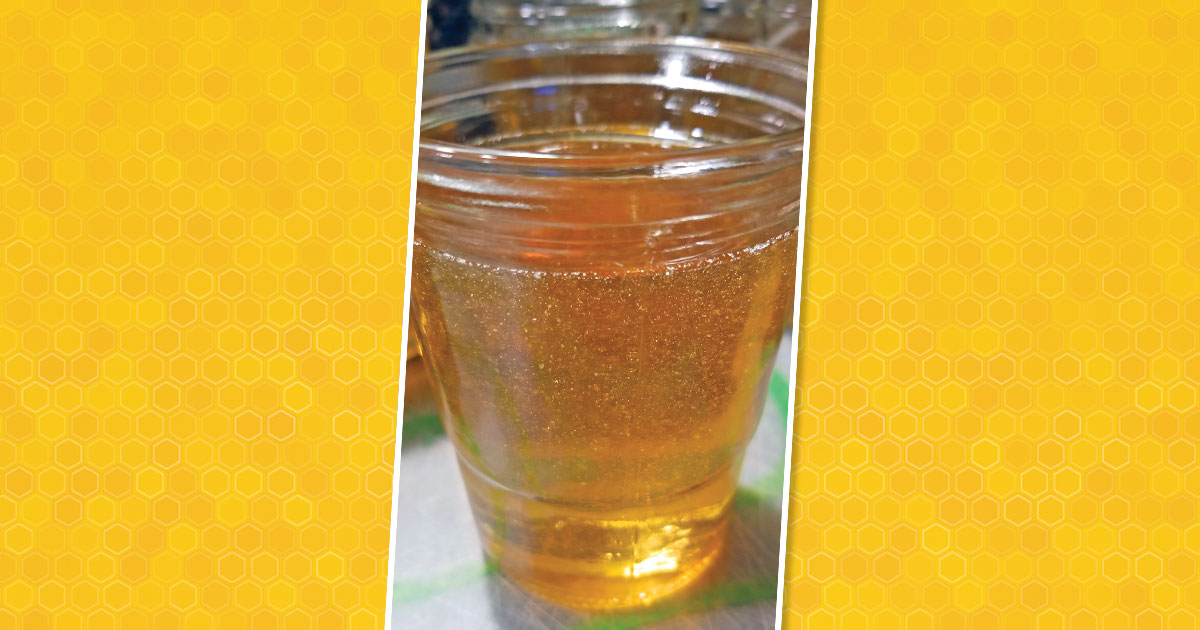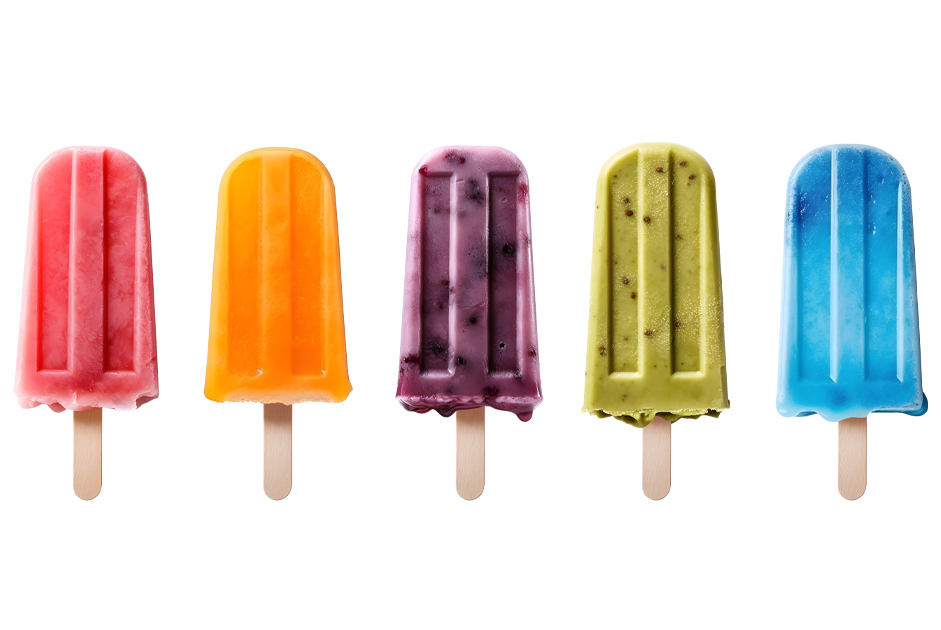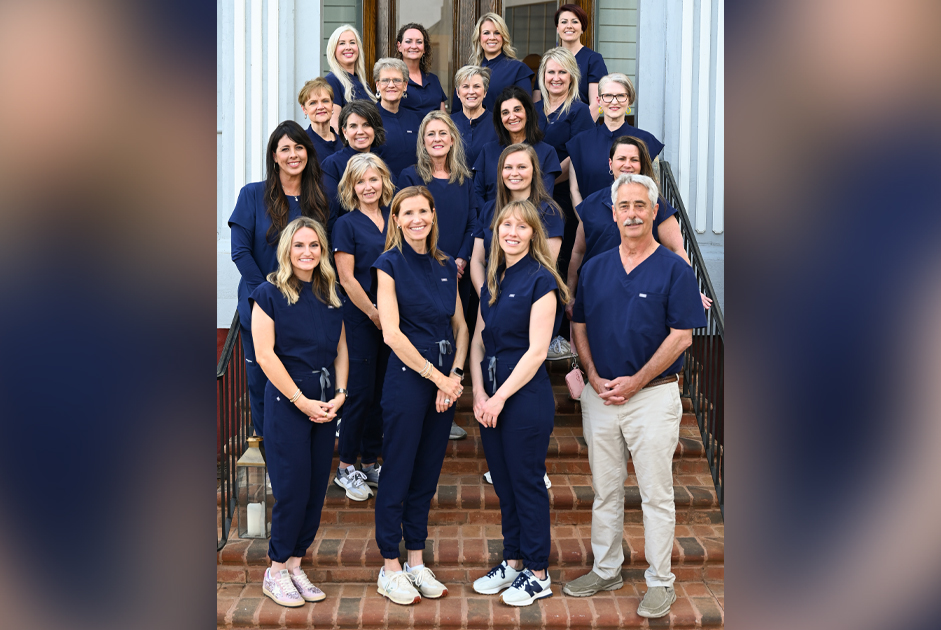What could be more eye-opening than learning that 75% of all store-bought honey contains artificial sweeteners, such as rice, wheat, and sugar-beet syrups? Despite the high-dollar price, the missing ingredient is pollen! By removing the essential microscopic particles, manufacturers can not only conceal the identity of the source of the honey but pass government purity tests. New technology, termed “Nuclear Magnetic Resonance” (NMR), can determine the quality by recognizing syrups that come from plants. Surprisingly the United States does not have a standard for identifying purity. In 2011, a lab analysis through an American university discovered that honey from big box stores, drugstores, fast-food chains and elsewhere contained dangerous antibiotics, artificial sweeteners, and large quantities of metals in their brands.
Considering the production of seven million pounds of honey produced annually, how do you know which brands are worth the price?
The Do’s and Don’ts of Buying Honey
- Do not trust a label which states, “100% Honey” or “U.S. Grade A.”
- Be wary of labels that list multiple countries of origin, and include the United States.
- Look for raw and especially locally made honey at small markets, some specialty food stores, and farmer’s markets.
- Contact your local beekeeper’s association. The Forsyth County website, https://fcba.wildapricot.org/, includes a tab titled, “Local Honey for Sale.”
- Ask family and friends where they purchase their “raw” honey. Buying from a reputable source is critical. The extraction and canning process begins in late June; ask to have your name added to a “wait” list. The wait may be long, but worth it!
Amazing Facts about the Honeybee
Did you know one honeybee can produce one tablespoon of honey in its lifetime? Please do not swat the honeybee, it is either on a foraging mission to gather nectar, possessing a high water content of between 60% and 80%, or returning to the hive. Through the transformation process to honey, the bees will flap their wings to remove the moisture. Statistics state that it takes approximately 680 honeybees to fly 32,500 miles to collect nectar from over a million flowers. Once capped, the honey will fill roughly one nine-ounce jar.
Additionally, if you have ever wondered about the shape of the honeycomb, a hexagon offers the most efficient pattern to ensure the cells do not waste space. Despite its delicate structure, the comb holds a tremendous amount of weight.
What is Raw Honey?
To achieve perfection, honey does not require pasteurization to remove the nutrients—such as vitamins and antibacterial and antioxidant properties—which keep the body’s immune system healthy. In place of this type of production, there is a more straightforward process. When beekeepers remove frames directly from the hive, the frames go through a procedure of extraction using centrifugal force. After straining it to remove wax and other particles, the honey is in its perfect state and ready for canning.
Only raw honey contains 20 vitamins, 18 amino acids, 16 minerals, and antibacterial, antiviral, and antifungal properties. Addition to B2-B6, and C vitamins, ingredients include magnesium, potassium, calcium, sodium chlorine, sulfur, and phosphate. And, it remains eternally preserved!
Save the Bees, Save the Flowers
The message to save the bees also extends to flowers, fruit trees, vegetable gardens, and weeds such as the dandelion. What caused the world-wide plea for protection? Pesticides and chemical-resistant crops placed our pollinator populations in peril; yet, that is just one factor. Farmers, who converted wetlands and prairies to 35,000 square miles of crops, have altered pollinating habitats. Each of us can play a part in our yards by planting native species that will attract the birds, variations of bee species, butterflies, and other pollinators. Additionally, start reading labels on the chemicals you use to ensure safety for pets and all winged creatures!
In our love for raw honey, we must advocate an environmental kindness towards pollinating creatures while supporting our local beekeeping communities. Find a beekeeper, today!




















